When we imagine snakes, we typically picture them basking in the warm sun of deserts or tropical forests. However, nature’s adaptability knows no bounds, and several snake species have evolved remarkable mechanisms to endure frigid conditions. These cold-hardy serpents challenge our preconceptions about reptilian limitations, demonstrating impressive survival strategies in environments where temperatures frequently drop below freezing. From physiological adaptations to behavioral modifications, these snakes have developed fascinating methods to thrive in snow-covered landscapes that would be deadly to most of their relatives. Let’s explore five remarkable snake species that have conquered the challenges of surviving in winter wonderlands.
Common Garter Snake (Thamnophis sirtalis)
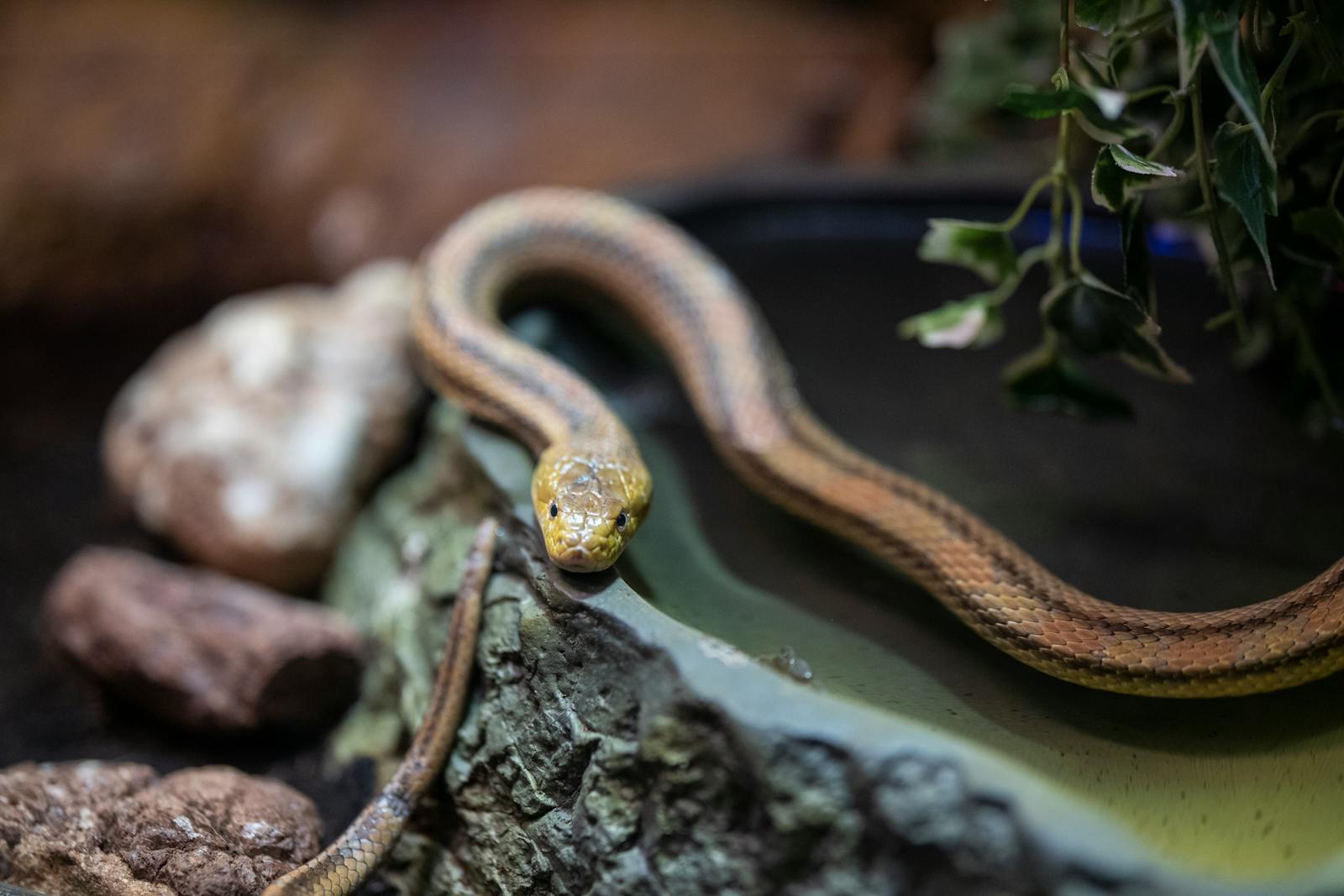
The Common Garter Snake stands as perhaps North America’s most cold-tolerant serpent, with populations extending into southern Canada and high-elevation regions that experience substantial snowfall. These resilient reptiles employ a strategy called “brumation,” a hibernation-like state where their metabolism slows dramatically, allowing them to survive months of freezing temperatures. During autumn, garter snakes travel significant distances to find communal denning sites, often using rock crevices or abandoned rodent burrows that extend below the frost line. These remarkable “snake dens” can sometimes contain hundreds or even thousands of individuals huddled together, sharing body heat and reducing the energy each snake needs to maintain minimal body functions. Research has shown that garter snakes can survive brief exposure to temperatures as low as 30°F (-1°C), though they typically seek shelter beneath the insulating layer of snow.
European Adder (Vipera berus)
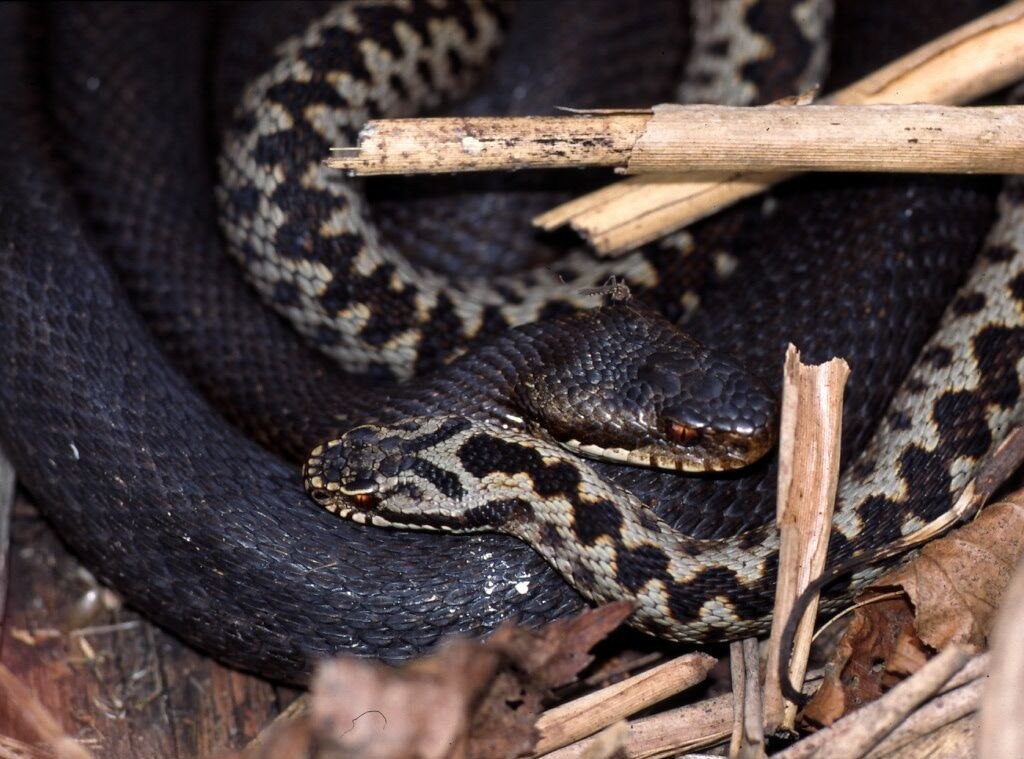
The European Adder holds the distinction of being the most northerly-dwelling snake species in the world, with populations extending into the Arctic Circle in Scandinavia. This venomous viper has evolved specialized physiological adaptations that allow it to thrive in regions where winter brings months of snow cover. Their bodies produce natural antifreeze compounds that prevent tissue damage when temperatures approach freezing, protecting vital organs during extended cold spells. European Adders are meticulous in selecting hibernation sites, often returning to the exact same location year after year, choosing south-facing slopes that receive maximum winter sunlight beneath the snow layer. Their dark coloration serves a dual purpose in snowy environments – camouflage against dark rocks or soil when snow melts, but also more efficient heat absorption during brief periods of winter sunshine. Female adders in northern populations have developed the ability to retain developing eggs within their bodies longer than their southern counterparts, ensuring young are born with the best chance of survival before winter arrives.
Northern Water Snake (Nerodia sipedon)
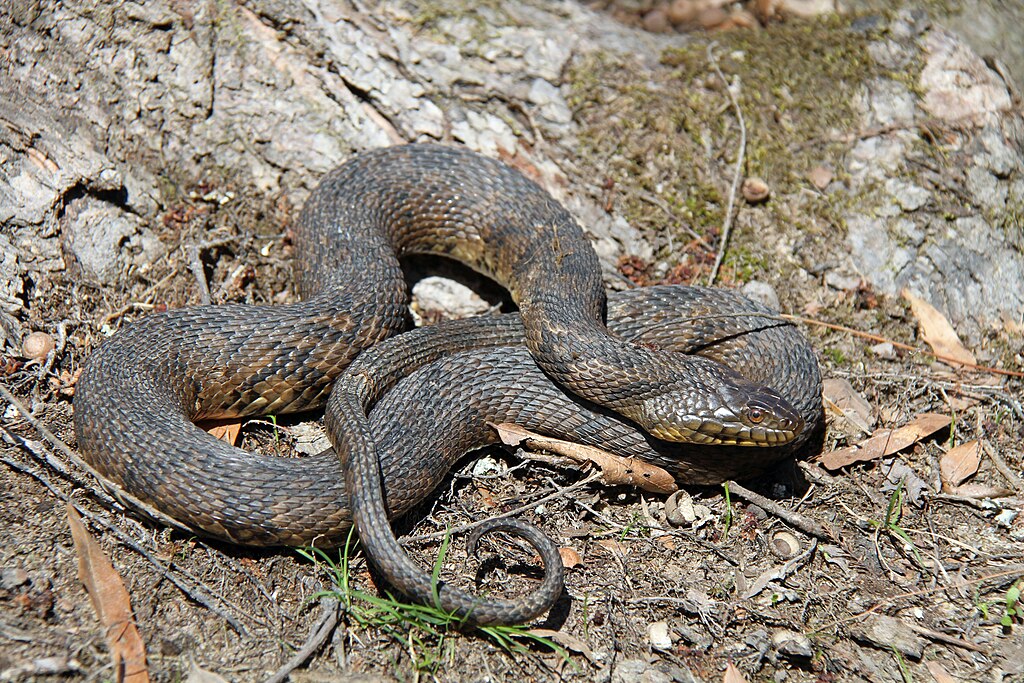
The Northern Water Snake demonstrates remarkable cold-tolerance for a semi-aquatic species, inhabiting regions across the northeastern United States and parts of Canada that experience significant snowfall. Unlike some reptiles that become completely dormant, these adaptable snakes maintain a limited ability to move during winter, sometimes changing hibernation locations if temperatures become dangerously low. They often brumate in abandoned beaver lodges, muskrat burrows, or rock crevices near water bodies, positioned just above the water line where temperatures remain relatively stable. Northern Water Snakes possess specialized blood chemistry that allows them to tolerate higher levels of carbon dioxide that would be toxic to many other vertebrates, enabling extended periods without breathing during winter dormancy. Their darker coloration not only helps with camouflage but also allows them to absorb heat more efficiently during brief warm spells in winter, sometimes emerging to bask on sunny days even when snow covers the ground nearby.
Timber Rattlesnake (Crotalus horridus)
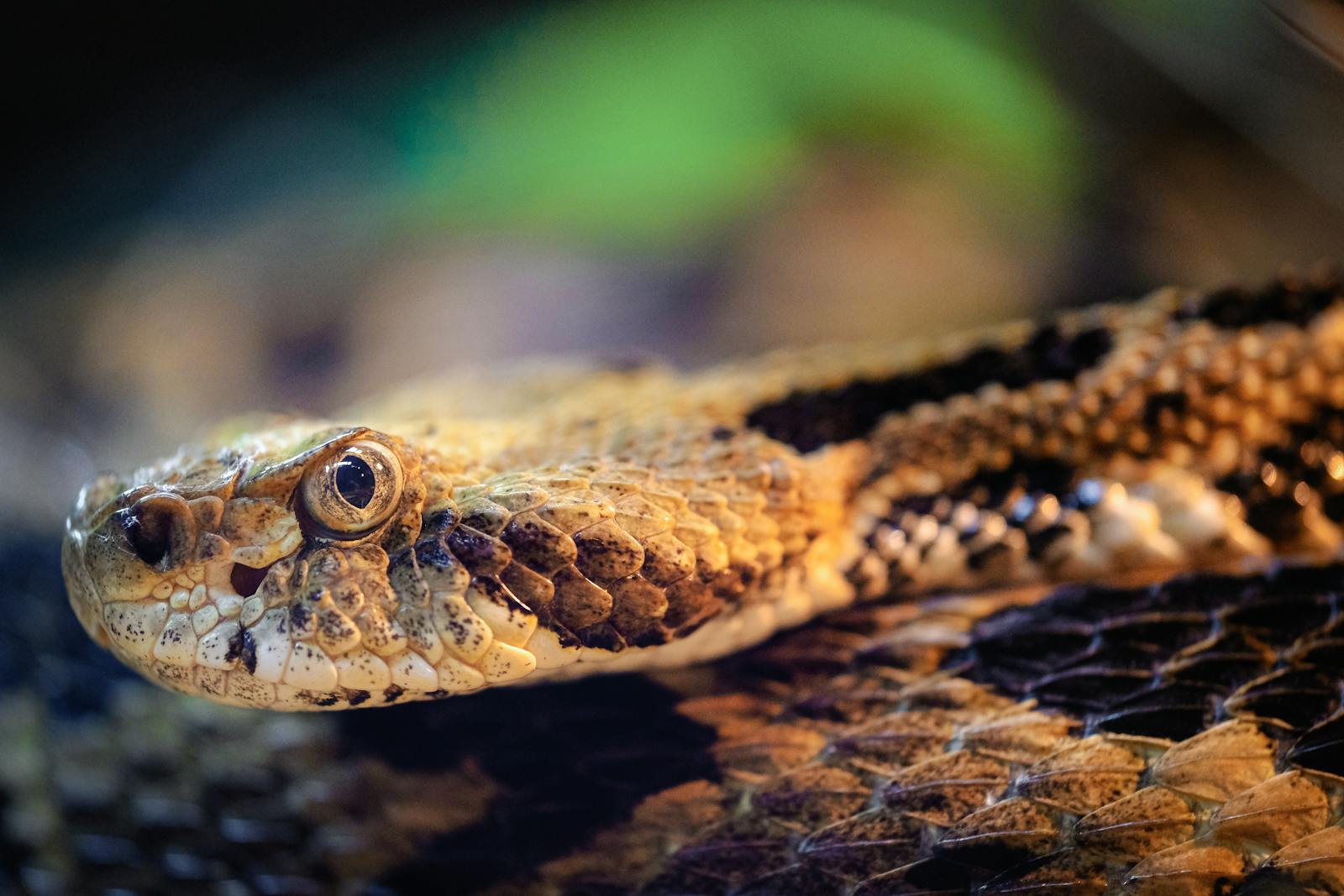
The Timber Rattlesnake has carved out a survival niche in the snowy Appalachian Mountains and northeastern United States, where populations have adapted to lengthy winters with substantial snow accumulation. These venomous pit vipers utilize their heat-sensing facial pits not only for hunting but also for finding the ideal thermal gradients within hibernation dens, positioning themselves where temperatures will remain just above freezing. Timber Rattlesnakes demonstrate exceptional site fidelity, often returning to ancestral denning sites that have been used continuously for decades or even centuries. Their communal hibernation behavior is particularly sophisticated, with dominant individuals positioning themselves in the most thermally advantageous locations in the den. Research has documented some Timber Rattlesnakes traveling over 4.5 miles from summer feeding grounds back to winter denning sites, navigating across snow-covered landscapes using remarkable spatial memory.
Smooth Snake (Coronella austriaca)
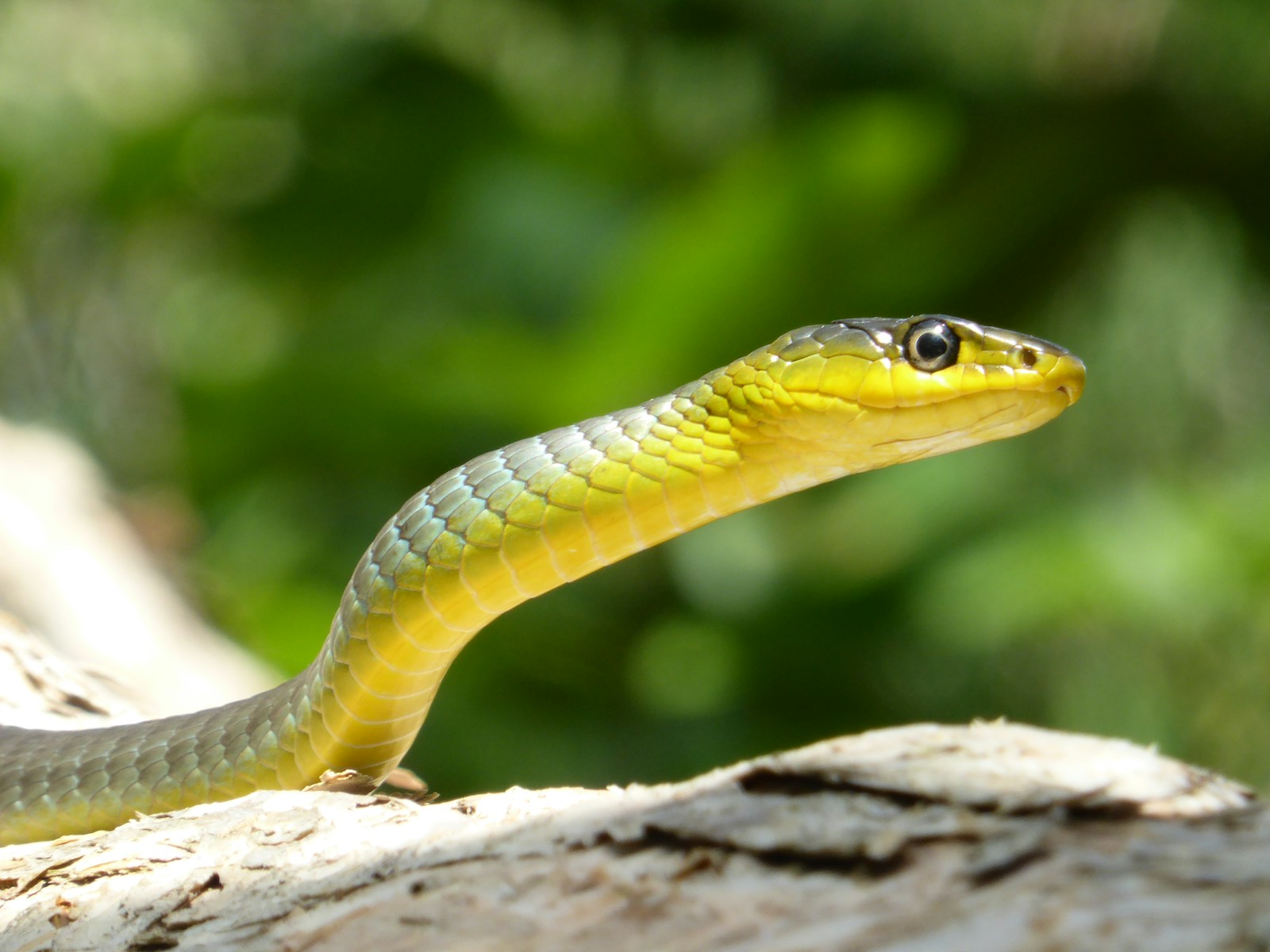
The Smooth Snake has adapted to survive in snow-covered environments across much of northern and central Europe, including Scandinavia and mountainous regions of the Alps. These secretive constrictors have developed specialized behavioral patterns that allow them to predict seasonal changes, entering hibernation sites before the first significant snowfalls. Their metabolic adaptations are particularly remarkable, with some individuals capable of surviving up to seven months without feeding during extended winter dormancy periods. Smooth Snakes often utilize abandoned ant mounds as hibernation sites, taking advantage of the relative warmth generated by decomposition processes within these structures, even when covered by deep snow. Unlike many other snake species that brumate communally, Smooth Snakes generally hibernate alone or in small groups, suggesting different evolutionary strategies for cold-weather survival.
Physiological Adaptations for Snow Survival
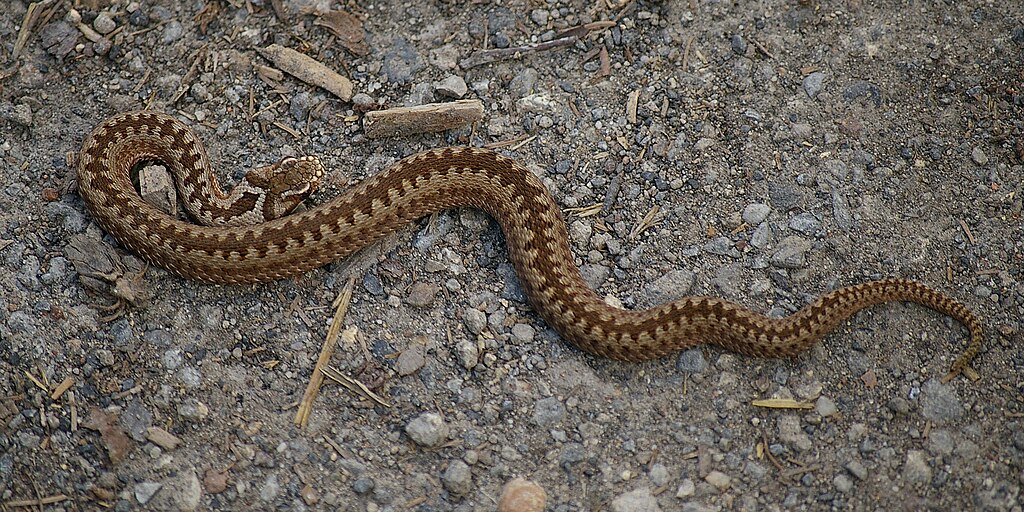
Cold-adapted snakes possess remarkable physiological mechanisms that fundamentally transform their bodily functions during winter months. Their hearts, which might beat 40-60 times per minute during summer activity, can slow to just 1-2 beats per minute during deep brumation, dramatically reducing energy requirements. Their specialized liver cells produce glycerol and glucose-based compounds that act as natural antifreeze, preventing fatal ice crystal formation in tissues when temperatures approach freezing. Blood chemistry undergoes significant changes, with increased tolerance for acidosis and elevated carbon dioxide levels that would be lethal during normal activity periods. Perhaps most impressively, these snakes can survive extended periods with oxygen levels as low as 10% of their normal requirements, a adaptation that allows them to remain in sealed hibernation chambers where oxygen might become depleted over months of dormancy.
Behavioral Strategies for Winter Survival

Snow-adapted snakes employ sophisticated behavioral strategies that complement their physiological adaptations for winter survival. Many species demonstrate remarkable thermosensitivity, detecting temperature changes as slight as 0.1°C, allowing them to position themselves optimally within hibernation sites. Communal denning behavior is particularly crucial, with some species forming “hibernacula” containing hundreds of individuals, creating a thermal mass that moderates temperature fluctuations more effectively than solitary hibernation would allow. Research has documented that these snakes don’t simply enter hibernation sites randomly – they carefully select positions based on humidity, air circulation, proximity to den entrances, and even social hierarchies within the group. Some species will periodically relocate within hibernation sites during winter if microclimatic conditions change, showing that they maintain a level of environmental awareness even during their dormant period.
The Insulating Properties of Snow
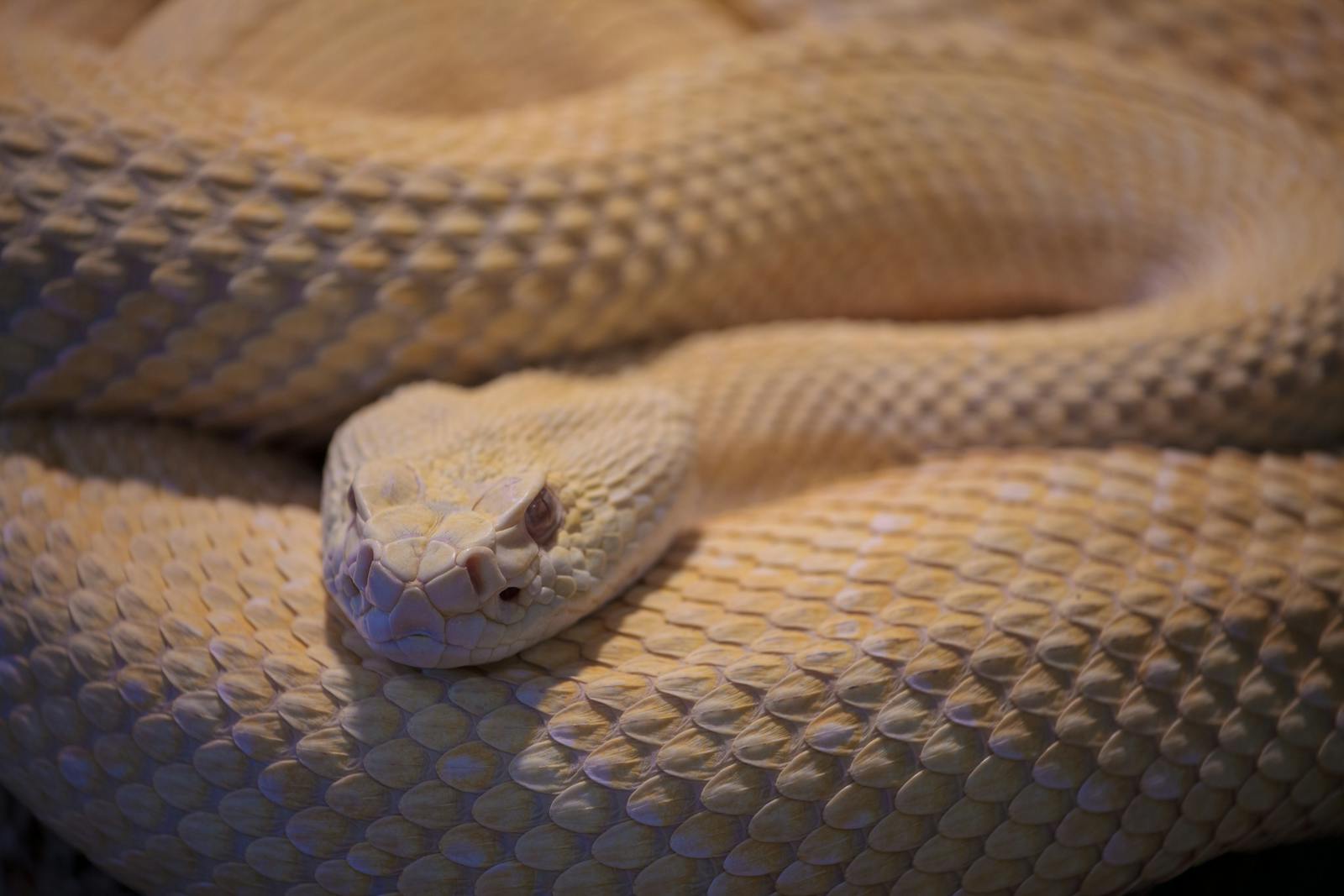
While counter-intuitive, snow cover actually provides critical protection for hibernating snakes, functioning as natural insulation against the most extreme temperature fluctuations. Fresh snow contains approximately 90-95% trapped air, creating an excellent thermal barrier that maintains relatively stable temperatures at ground level, even when air temperatures plummet far below freezing. Scientists studying hibernating snake dens have recorded temperature differences of up to 30°F (17°C) between above-snow air temperature and the protected environment beneath the snowpack. This “subnivean zone” – the area between the ground and snow layer – maintains temperatures close to freezing even during the coldest periods, preventing the extreme temperature drops that would be fatal to dormant reptiles. Additionally, snow cover provides protection from predators that might otherwise locate and dig up vulnerable hibernating snakes during winter months.
Climate Change Impacts on Cold-Adapted Snakes
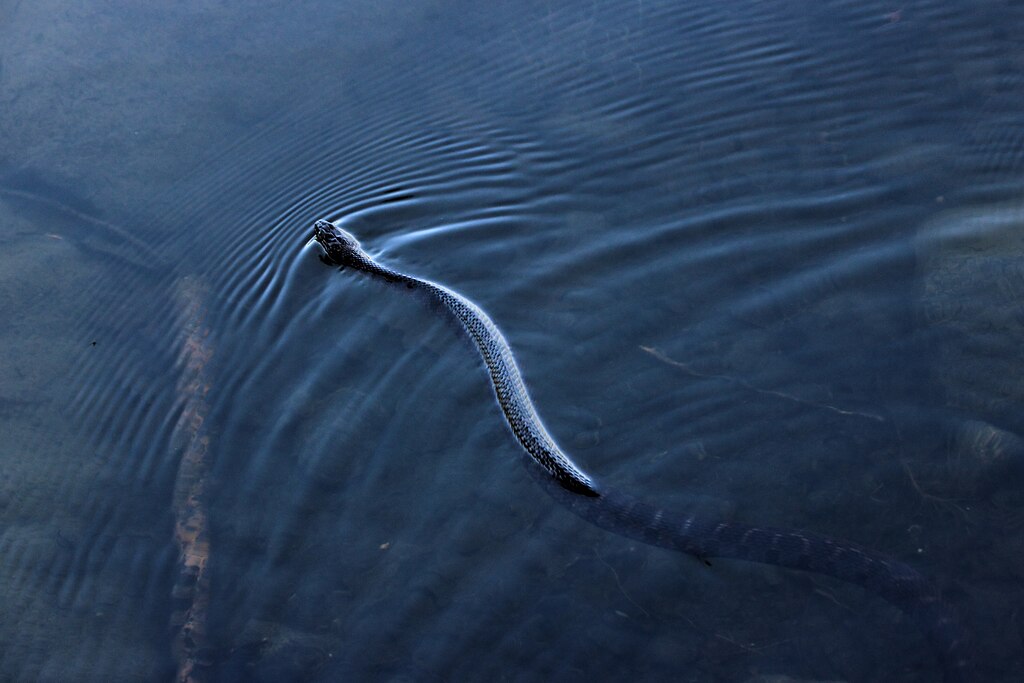
Climate change poses unique challenges for snakes adapted to snow-covered environments, disrupting the predictable seasonal patterns that have shaped their evolutionary adaptations. Increasingly erratic winter temperatures can trigger premature emergence from hibernation during temporary warm spells, depleting critical energy reserves when snakes cannot replenish them through feeding. Reduced snowpack provides less insulation, exposing hibernation sites to more extreme temperature fluctuations that can be lethal. Research in northern regions has documented increased mortality in hibernating snakes during winters with reduced snow cover but similar air temperatures. Changing precipitation patterns may also affect humidity levels in traditional hibernation sites, potentially causing dehydration in dormant reptiles that have evolved under more stable conditions. Conservation efforts increasingly focus on identifying and protecting critical overwintering habitats as essential components of preserving these cold-adapted species.
Finding Food in Snowy Landscapes
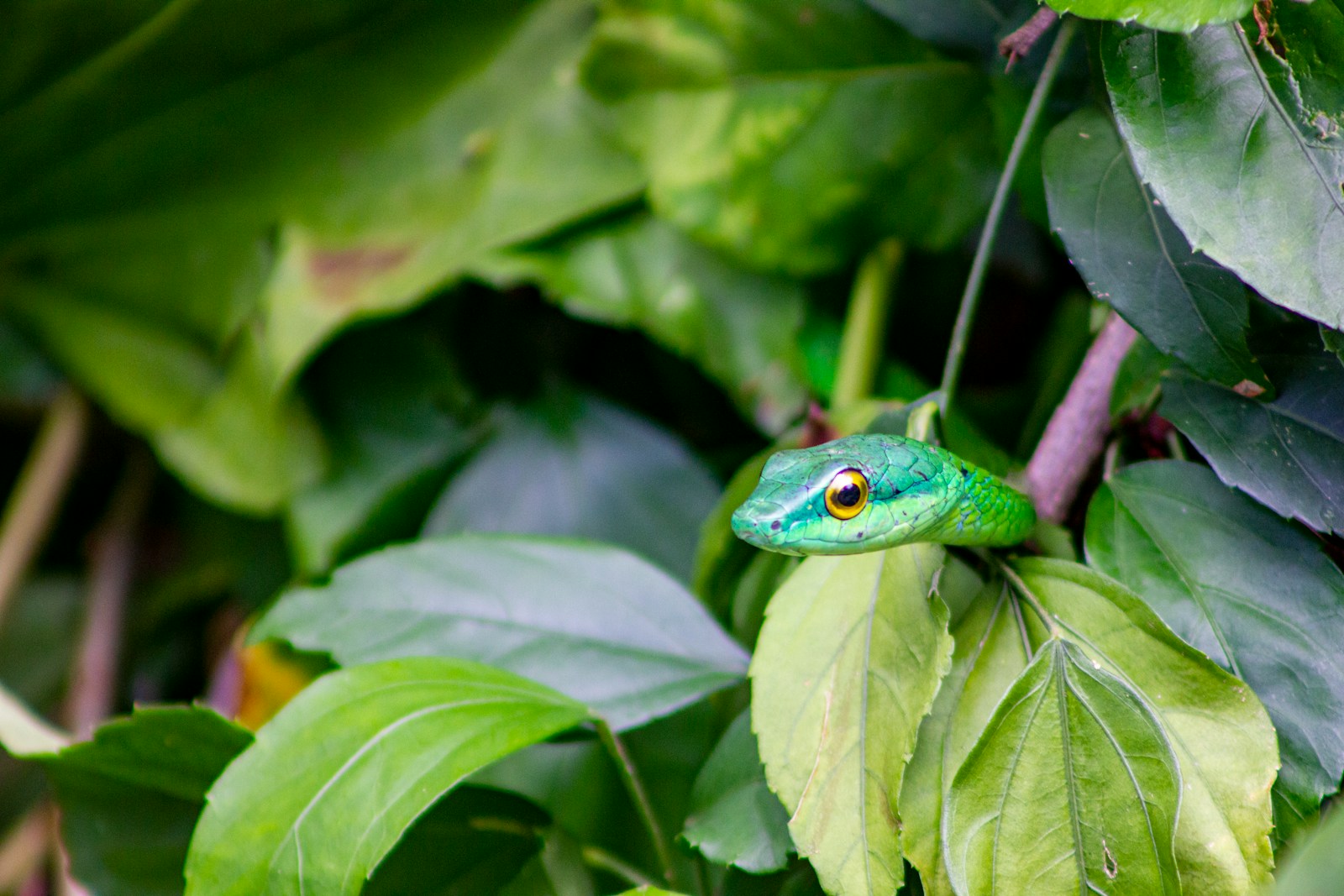
Snow-adapted snakes face significant challenges in obtaining nutrition during the brief periods when they’re active in cold environments. Most species employ a feast-and-fast strategy, gorging themselves during late summer and early fall to build fat reserves that sustain them through months of dormancy. Northern populations typically consume 20-30% more prey items in the active season than their southern counterparts, converting this additional intake directly to fat stores. Some species, particularly the garter snake, have evolved specialized digestive systems that can process food at temperatures as low as 50°F (10°C), allowing them to take advantage of unusually warm days even during predominantly snowy seasons. Geographic variations in diet are common, with northern populations often specializing in prey types available earlier in spring or later in fall than would be typical in warmer regions. Researchers have documented some species emerging briefly during winter warm spells specifically to hunt, then returning to hibernation sites when temperatures drop again.
Reproduction Challenges in Cold Climates
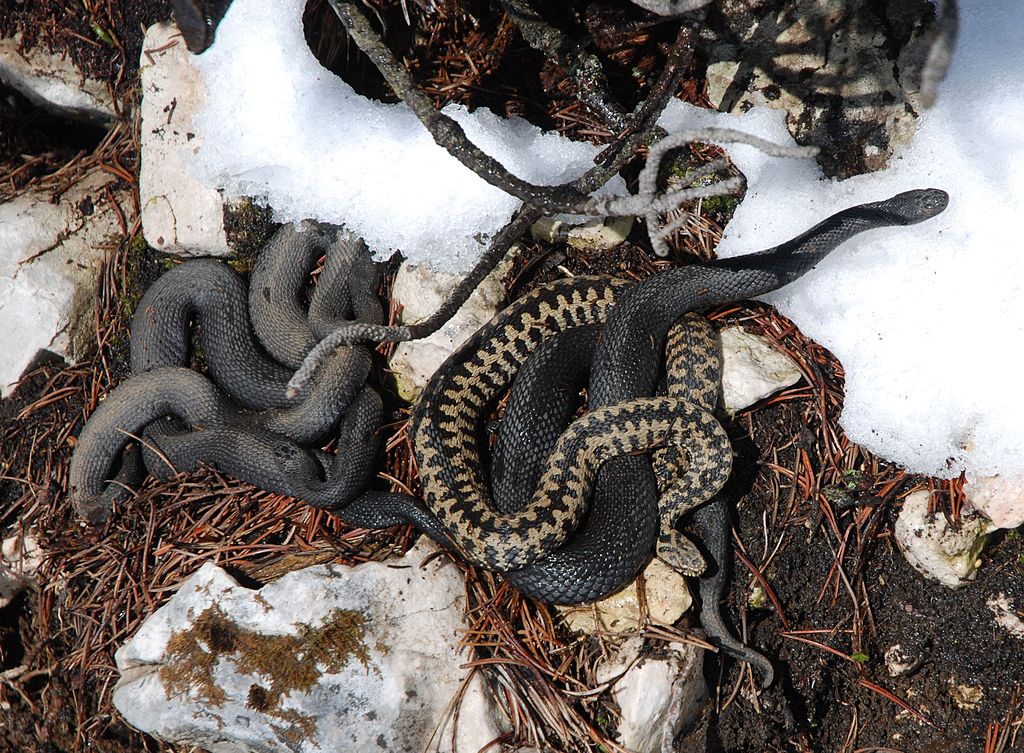
Snakes in snow-prone regions face substantial reproductive challenges, having evolved unique strategies to ensure successful reproduction within shortened active seasons. Many cold-adapted female snakes employ a reproductive strategy called delayed fertilization, storing male sperm from fall mating for up to eight months before using it to fertilize eggs in spring when conditions improve. Viviparity (live birth) is significantly more common in northern snake populations than in tropical regions, as this allows pregnant females to thermoregulate precisely by basking, ensuring optimal development temperatures for offspring even when ambient temperatures are low. Northern populations typically produce fewer but larger offspring than their southern counterparts, an adaptation that gives newborns better chances of storing adequate fat reserves before their first winter. Some species, like the European Adder, demonstrate remarkable reproductive flexibility, with females capable of skipping reproduction in years following particularly harsh winters when their body condition might be compromised.
Conservation Concerns for Snow-Adapted Snakes
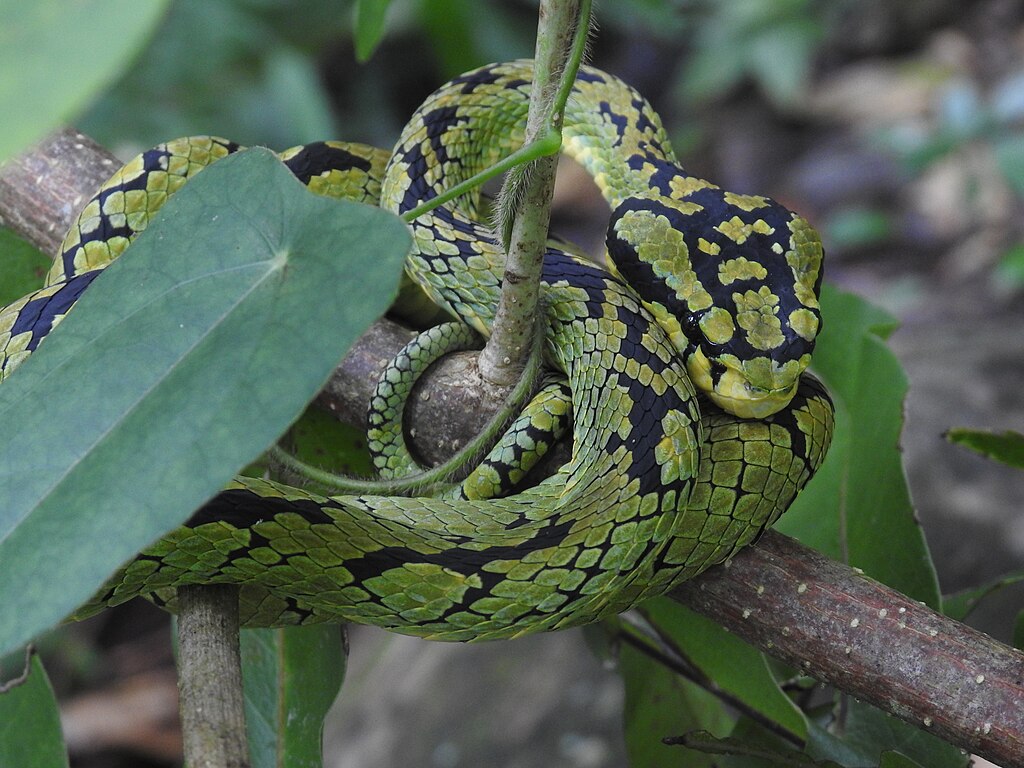
Despite their impressive adaptations, snakes that survive in snowy environments face mounting conservation challenges beyond climate change. Hibernation sites, which may have been used continuously for centuries, are particularly vulnerable to habitat destruction, as they often cannot be replaced or relocated successfully. Road salt runoff can penetrate hibernation sites, disrupting the delicate physiological balance these snakes maintain during dormancy and potentially causing fatal dehydration. Human development increasingly fragments habitat, forcing snakes to cross dangerous barriers when moving between summer feeding grounds and winter hibernation sites. Many cold-adapted snake populations demonstrate extremely low genetic diversity due to their specialized habitat requirements and limited range, making them particularly vulnerable to disease, environmental contaminants, and other stressors. Conservation efforts increasingly focus on creating protected corridors between summer and winter habitats, as well as legal protection for known hibernation sites used by multiple snake species.
Conclusion: Remarkable Reptilian Resilience

The five snake species highlighted in this article represent extraordinary examples of evolutionary adaptation, challenging our assumptions about reptilian limitations in cold environments. Through a combination of specialized physiological mechanisms, behavioral strategies, and reproductive adaptations, these remarkable serpents have conquered some of the harshest conditions on earth. Their ability to endure months beneath snow, surviving on stored energy reserves and minimal metabolic functions, demonstrates nature’s incredible capacity for specialization. As we continue to study these cold-weather specialists, we gain valuable insights not only into reptilian biology but also into broader questions of how organisms adapt to extreme conditions. For conservation efforts to succeed, we must recognize and protect not only these fascinating species but also the unique habitats and behaviors that allow them to thrive in environments where conventional wisdom suggests no snake should survive.





